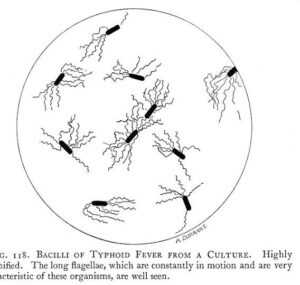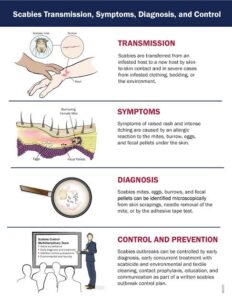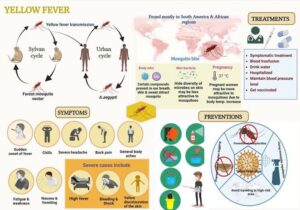Back to: MICROBIOLOGY 100 LEVEL
Welcome to class!
You’re doing an amazing job showing up, learning, and growing every day. Today, we’re going to look at three words that are very important when it comes to diseases: Transmission, Symptoms, and Control. Understanding these three helps you know how diseases spread, what signs to watch out for, and most importantly, how to prevent or stop them. Whether you’re dealing with malaria, typhoid, or COVID-19, these three ideas are always involved.
Transmission, Symptoms, And Control
Let’s unpack them in a simple, relatable way.
Transmission
This means how a disease spreads from one person or place to another. There are different ways diseases can be transmitted:

Airborne transmission – spread through the air (e.g. tuberculosis).
Vector-borne transmission – spread by animals like mosquitoes or ticks (e.g. malaria, yellow fever).
Waterborne or foodborne transmission – spread through contaminated water or food (e.g. cholera, typhoid).
Direct contact – spread by touching an infected person or surface (e.g. Ebola, COVID-19).
Sexual or blood contact – spread through blood, needles, or sex (e.g. HIV, Hepatitis B).
Example: In a flooded area in Lagos, people may drink untreated water. If that water contains Vibrio cholerae, they could get cholera — that’s waterborne transmission.
Symptoms
Symptoms are the signs your body shows when you’re infected. They help in early detection and treatment. Each disease has its own set of symptoms, but some are common across many infections:

Fever – common in malaria, typhoid, COVID-19
Diarrhoea and vomiting – common in cholera and food poisoning
Cough and chest pain – common in tuberculosis
Rashes or sores – can appear in measles or chickenpox
Example: A boy in Benin City begins to have a high fever and stomach pain after eating street food. These are symptoms that could point to typhoid.
Control
Control refers to the ways we stop or reduce the spread of diseases. Control methods are very important in public health. Some of the main strategies include:
Vaccination – to prevent diseases like measles, hepatitis B, COVID-19
Good sanitation and hygiene – to stop diseases like cholera and typhoid
Vector control – like using mosquito nets or spraying insecticides for malaria
Safe food and water – boiling water, washing hands, and cooking food properly
Quarantine or isolation – to stop contagious diseases from spreading

Example: During a cholera outbreak, the community in Ogun State installs handwashing stations and distributes clean water — these are control measures.
Summary
- Transmission is how diseases spread — through air, water, insects, or contact.
- Symptoms are the signs of illness — like fever, cough, diarrhoea, or rashes.
- Control involves preventing and managing disease through vaccines, hygiene, vector control, and safe practices.
- Recognising symptoms early and knowing how transmission works helps stop diseases before they spread.
- Every individual has a role in control — from washing hands to using mosquito nets or getting vaccinated.
Evaluation
- What does disease transmission mean? Mention two ways it can happen.
- List three common symptoms of infectious diseases.
- Give two examples of control methods for malaria and typhoid.
- Why is it important to recognise symptoms early?
You’re not just learning science—you’re learning how to protect your community and contribute to a healthier Nigeria. Keep your curiosity alive, and remember, Afrilearn is right beside you, helping you reach your goals. See you in the next class!
